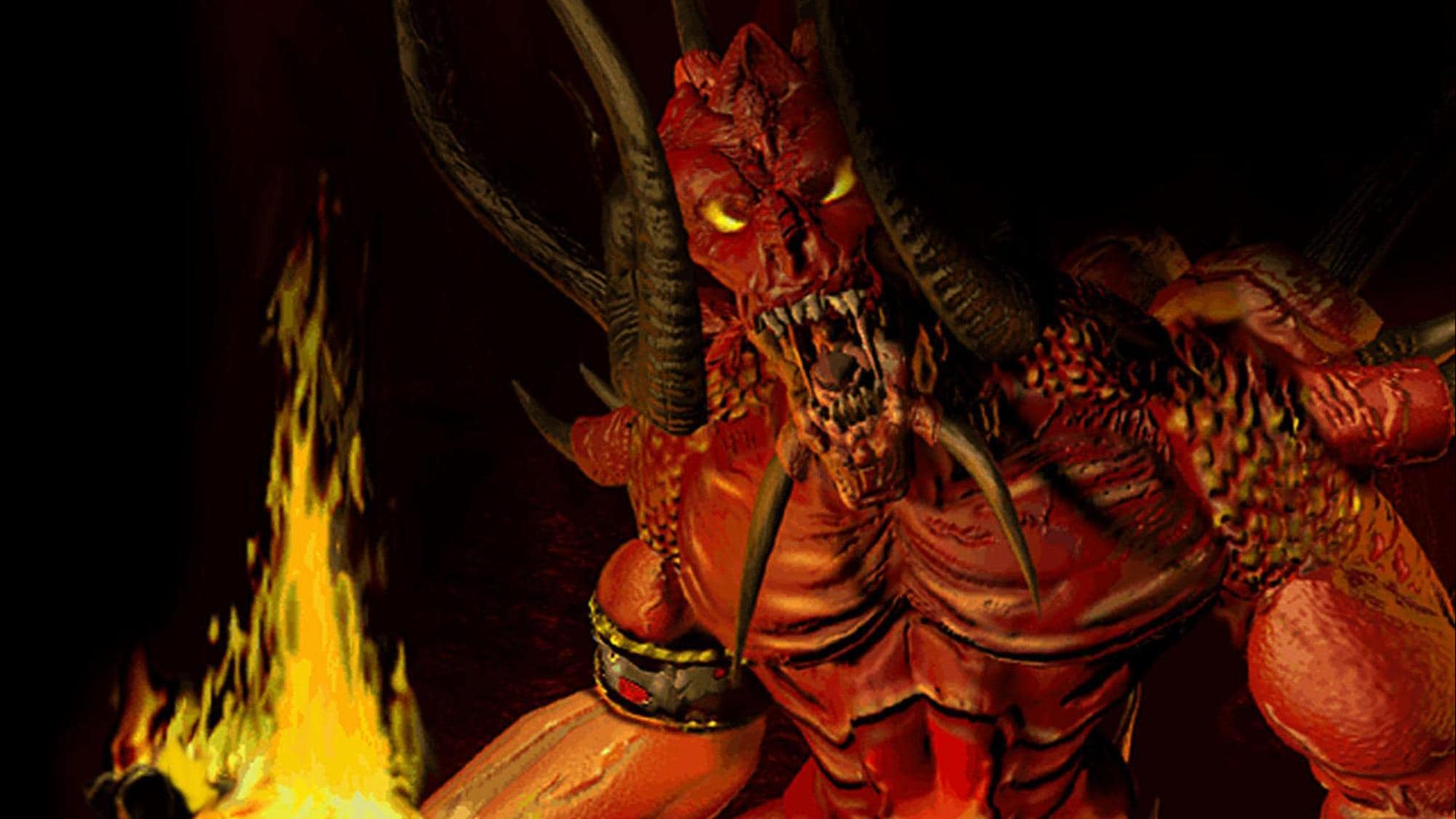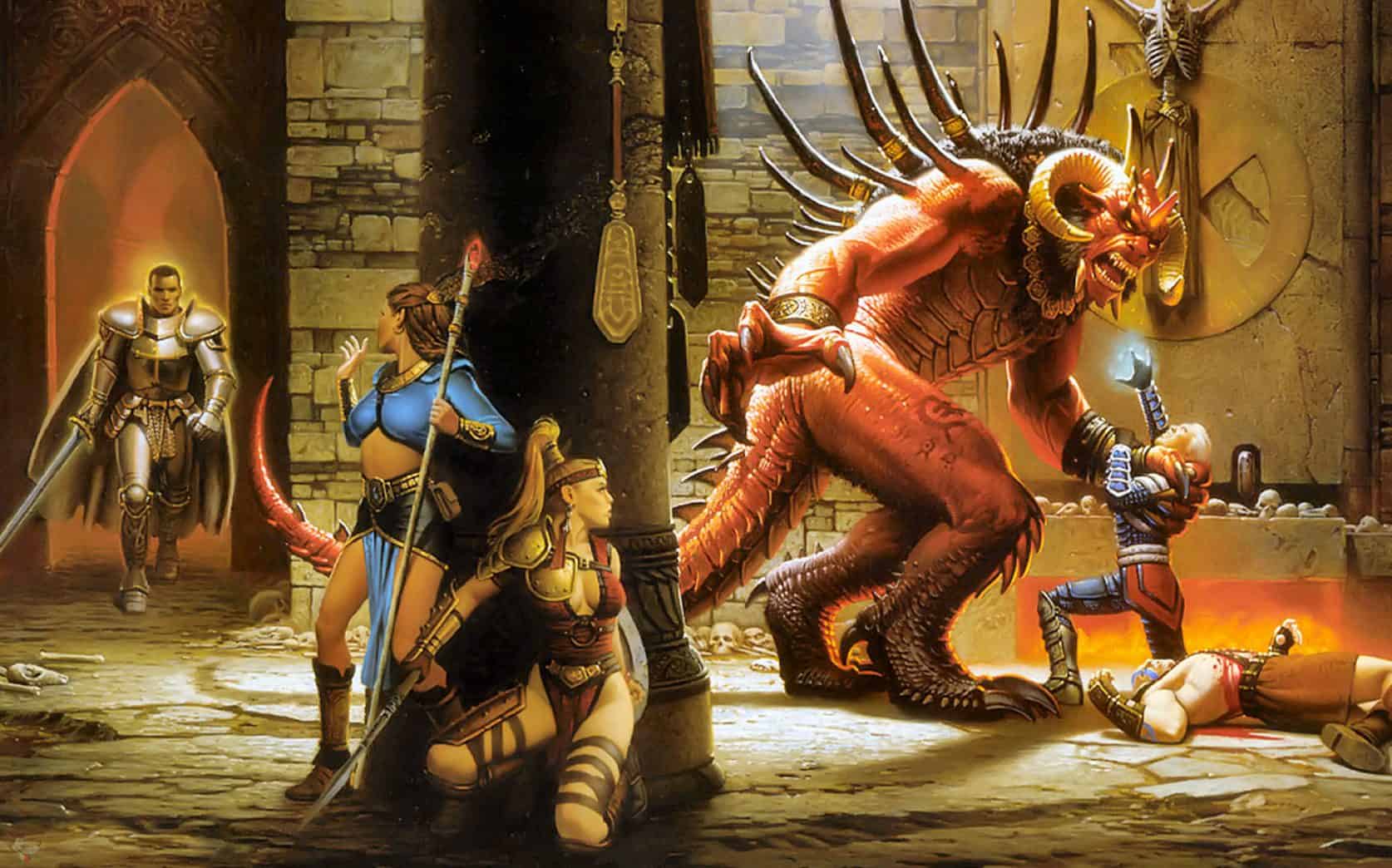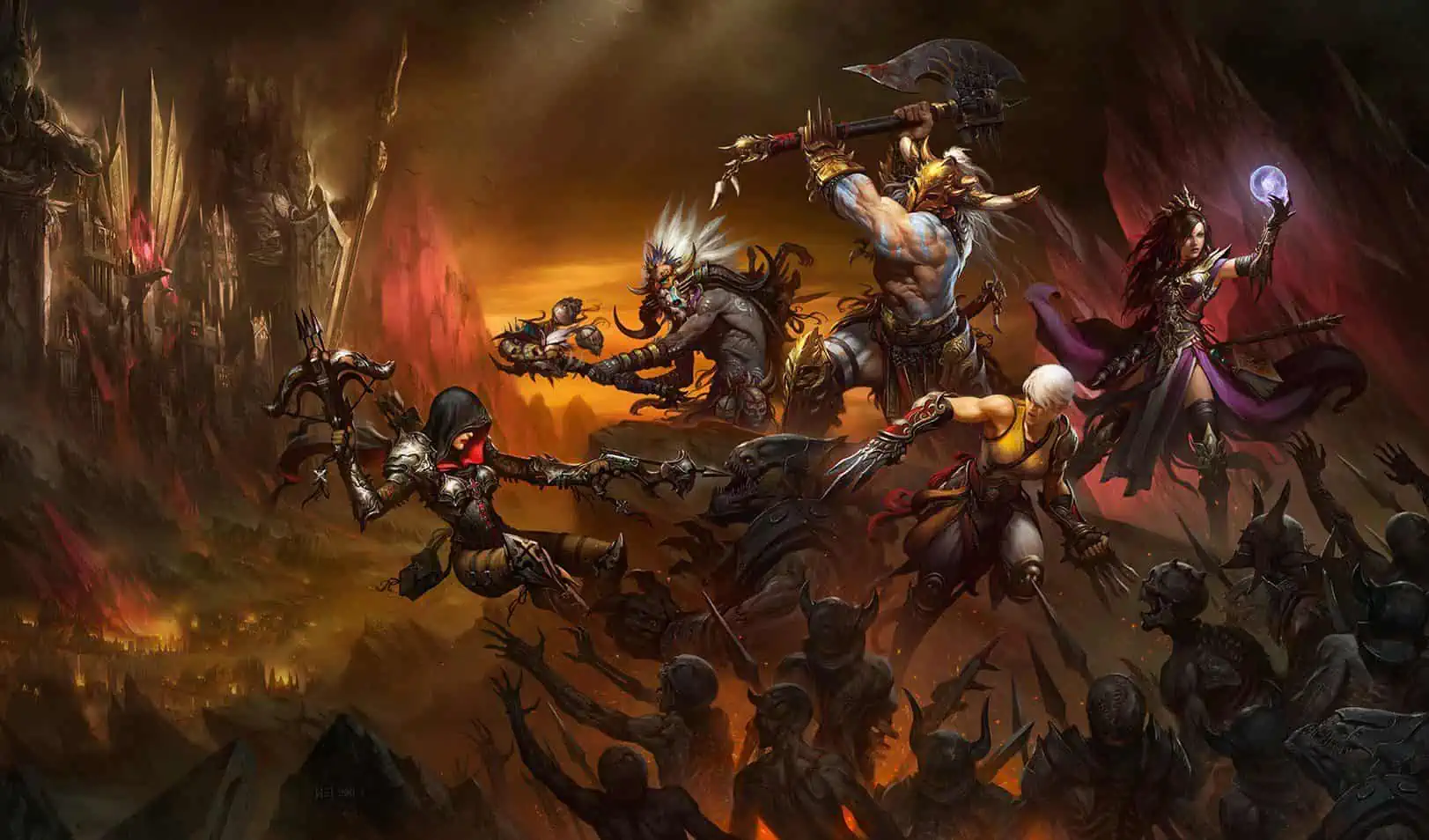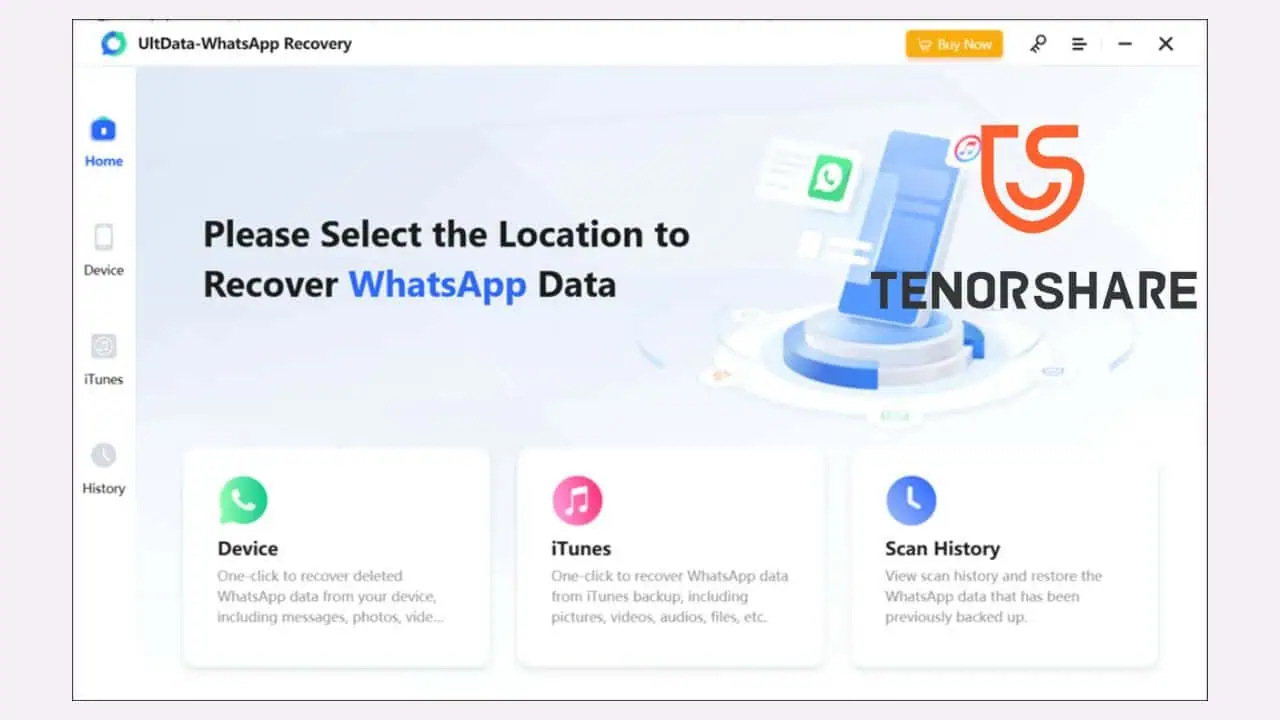What Kind of Game Diablo Immortal Is?
6 min. read
Updated on
Read our disclosure page to find out how can you help MSPoweruser sustain the editorial team Read more
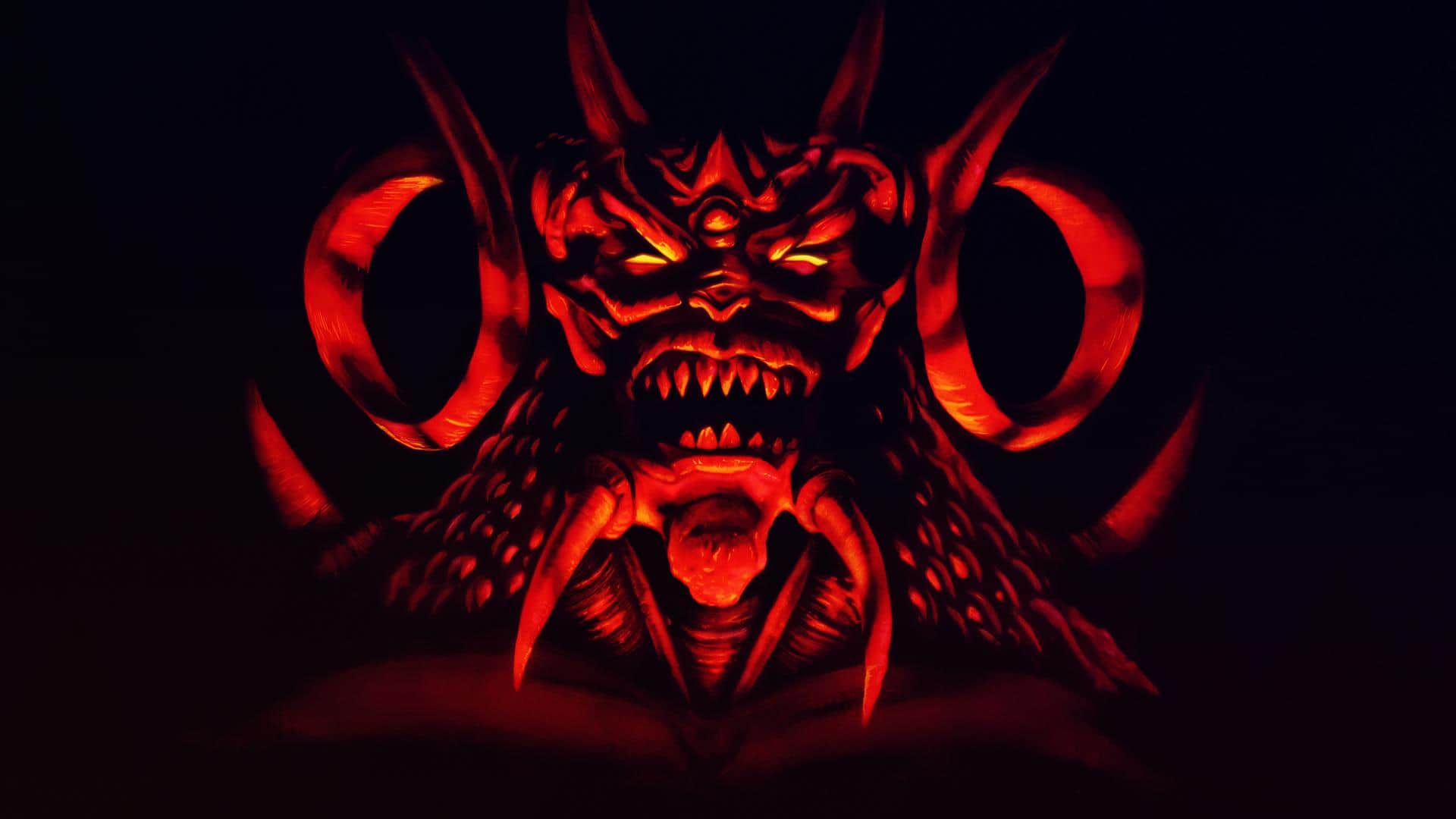
Sponsored Post
Younger generations of gamers might not know when the first Diablo game came to be and what genre of game it originated from. Today we’re going to talk about one of the theories of Diablo’s origins and how the series’ heritage is represented in this free-to-play installment on mobile devices. Even now, looking at the wide assortment of Diablo Immortal Carry Services, one can clearly see that the passion for this franchise hasn’t gone out.
The original game came out in January 1997. This is the time when many classic CRPG games were coming out as well. However, for Blizzard, it was the golden age. It was releasing hit after hit, and it was on its way to making even more legendary titles. In any case, Diablo stood out among other games of that time. The more common trope for CRPGs at the time was that they were created using D&D rules and featured a lot of dialogue and character development. In Diablo, your classic trio of archetypes: Warrior, Rogue, and Mage, preferred action to words. Now, with the Diablo Immortal necromancer, you can raise the dead who will fight and die for you. The overall concept of classes hasn’t changed. A player is thrown into this dark version of ancient times, so similar to our own world but yet so distinctly different. All this is thanks to a lore that is heavily influenced by Christianity. Some of its lore was taken and served as the basis for the fantasy world of Sanctuary, where the Diablo games take place. Its world is filled with troubled individuals and epic quests. Unfortunately, the new installment might be using this to offer its players a plethora of samey tasks. It’s a good thing that you can deal with them without too much hustle using Diablo Immortal Quests Boost.
Hack & Slash
Now let’s go back to gameplay. As we said earlier, the gameplay of Diablo was much different from the games of that time, even those made by Blizzard itself. The game featured the usual isometric camera angle, yet there the similarities would end. If most games featured a turn-based or otherwise quite slow pace of combat, Diablo’s was comparatively much faster. The quests are given to players through a few short messages from an NPC, and you are quickly sent outside the safe zone into the wilderness, where all you do is kill monsters who run there in great numbers. The original games were structured in such a way that each act had several important stories told through quests. In Diablo immortal quest completion is very important as it not only advances you through the story but also gets your character very valuable rewards.
Different classes have different approaches, of course. Rogue is a ranged combat master that mostly uses bows and arrows, much like the Diablo Immortal Demon Hunter. The Warrior is keen on using various melee weapons. There are basic attacks and abilities that are found in the quickbar. Using them consumes mana, one of several resources shared by all classes. There were four main attributes, which are also shared by all classes:
- Strength
- Energy
- Magic
- Dexterity
These are the same attributes that you will see while playing as the Diablo Immortal Blood Knight or any other class in the game.
So the attributes are the same, at least some of them. But what else? Well, Diablo has always been this new kind of RPG, the ARPG, or Action Role-Playing Game. As the name implies, there’s a big emphasis on the action part. The game also featured and will feature in its new form, different ways you can develop your class so that it specializes in something particular. In other words, there are Diablo Immortal builds. These are very similar in nature to previous titles in the series.
Power Ups & Ancient Words
The gear upgrading system that consists of magical runes with words inscribed into them and gems is one of the most recognizable features of the series. In the Immortal installment, both items exist to make your character’s gear more powerful by increasing their passive stats. They are usually obtained throughout the main Diablo Immortal campaign completion
There are yellow, blue, and red gems, as well as legendary ones. The 3 types of gems are slotted into armor pieces to provide minor bonuses to their stats. The legendary ones are much harder to come by. They are usually rewarded to you when you complete Diablo Immortal quests or created using high-level crafting recipes, or complete other endgame activities. Legendary runes can also be ranked up to increase bonuses. There are other Diablo Immortal quest rewards such as weapons, armor, and trinkets.
In turn, runes are magical stones found throughout the game. There are many different runes, and even more combinations of runes can be used to create legendary gems. Rune hunting has been a pretty substantial part of the gameplay in the Diablo series. That is why you can’t exactly go out there and buy Diablo Immortal character because each one is individually unique thanks to the combination of runes and charms that power their gear.
What Makes Diablo a Cult Classic?
Going back to the roots, Diablo I is often described as having its main town music. Whatever you know about the second or third installment, if you haven’t played the original, you owe yourself a run. It’s surprisingly competent, slow as it can be. It’s still the uncontested king of atmosphere in the series. It’s hard to say if you’ll feel anything special when you complete Diablo Immortal campaign. But that first game laid out the skeleton of the franchise – gothic architecture, helpless people, hordes of monsters, potions, portals, items! It’s a game of incredible focus, just like the Diablo Immortal boost is a service of incredible focus. There’s just 1 hero, 1 villain, and a whole lot of incidentals. It doesn’t take a genius to look at the box art and know what’s going on.
Characters level up, producing attribute points for distribution. Of course, no novice is going to know what to do, and like with the second game, it’s entirely possible to find yourself in an unwinnable game state and be forced to reset your progress. In recent mobile games, this is still a thing some gamers are going to do. If you want to avoid turning your character completely ineffective against your enemies, you should use the Diablo Immortal boosting service. Not to flog the dead horse here, but mobile games are always filled with convoluted and overlapping systems. Besides, the game isn’t a simple hack ‘n’ slash itself, so sometimes it’s better to use the help of professional gamers who know their stuff.
In any case, even by looking at the new game, you can immediately see the heritage of a once-great franchise. Long-time fans will surely find something to love this game.

